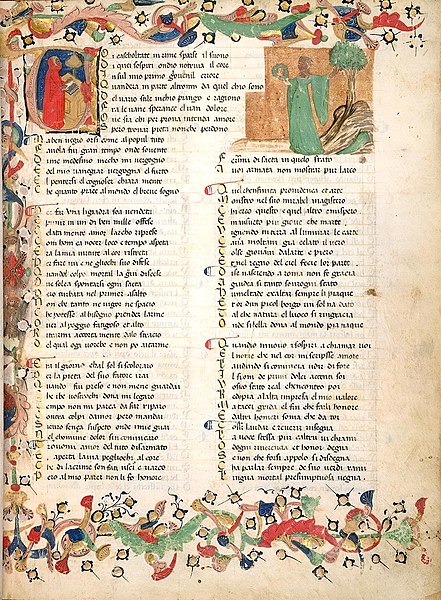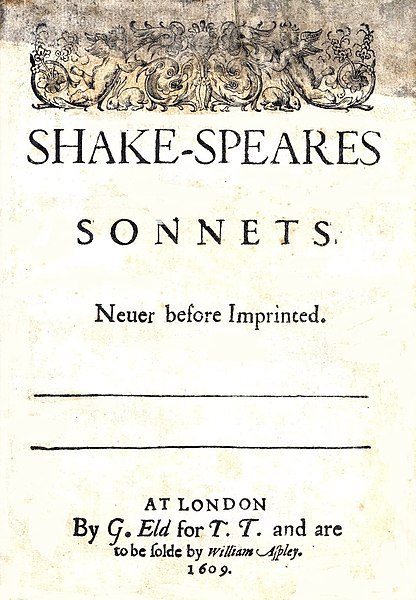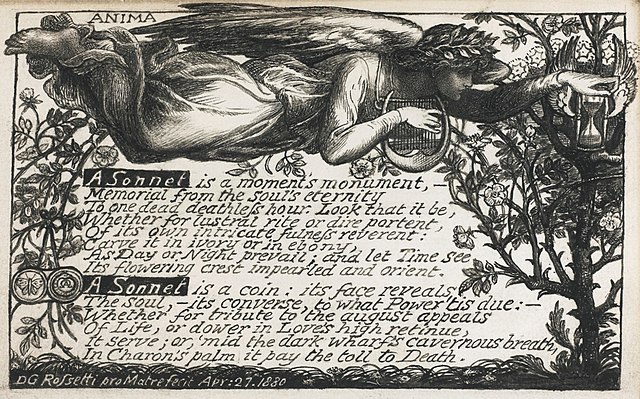Elizabethan literature refers to bodies of work produced during the reign of Queen Elizabeth I (1558–1603), and is one of the most splendid ages of English literature. In addition to drama and the theatre, it saw a flowering of poetry, with new forms like the sonnet, the Spenserian stanza, and dramatic blank verse, as well as prose, including historical chronicles, pamphlets, and the first English novels. Major writers include William Shakespeare, Edmund Spenser, Christopher Marlowe, Richard Hooker, Ben Jonson, Philip Sidney and Thomas Kyd.
The Armada Portrait of Elizabeth I, by an unidentified artist. This portrait showcases both the imperial majesty of Elizabeth I, in allegorical figures of the foreground, and the English defeat of the Spanish Armada, with its naval backdrop.
The epic poem The Faerie Queene by Edmund Spenser; titlepage, printed for William Ponsonby in 1590
A sonnet is a poetic form that originated in the poetry composed at the Court of the Holy Roman Emperor Frederick II in the Sicilian city of Palermo. The 13th-century poet and notary Giacomo da Lentini is credited with the sonnet's invention, and the Sicilian School of poets who surrounded him then spread the form to the mainland. The earliest sonnets, however, no longer survive in the original Sicilian language, but only after being translated into Tuscan dialect.
The first five sonnets of Petrarch's Il Canzoniere
The title page of the first edition of Shakespeare's Sonnets
D. G. Rossetti's illuminated description of the sonnet, 1880
Mary Ellen Solt's concrete "Moonshot sonnet" (1964)






